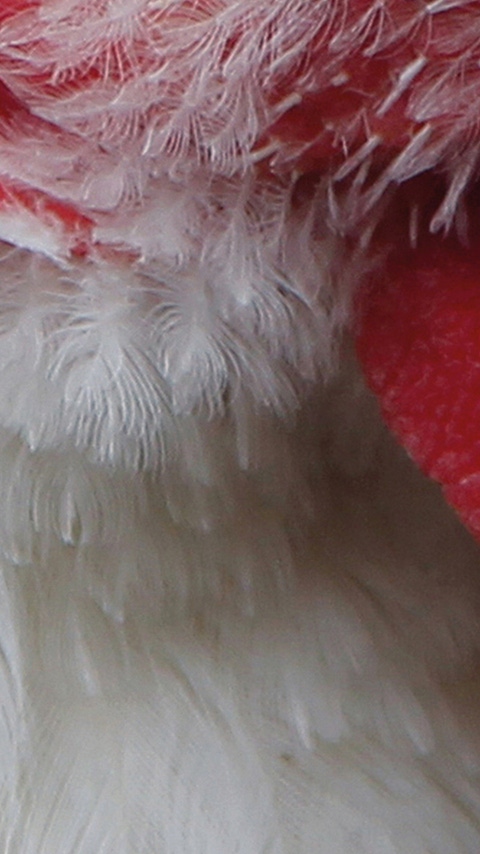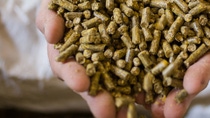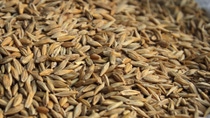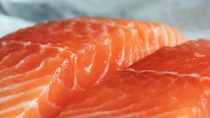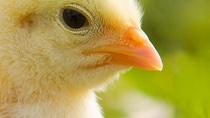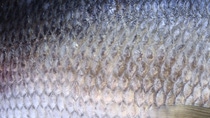Poultry demand is growing by two to three percent every year and will continue to expand with nine billion people consuming ever-larger amounts of eggs and poultry meat by 2050.
Producing poultry and eggs in turn comes with more and more challenges: Taking care of the animals vitality while achieving optimum performance to earn a good profit, meeting the ever-expanding global demand while less resources become available and raw material prices fluctuate unpredictably. In the face of these growing demands, optimal utilization of nutrients and efficient feeding are key levers. With our innovative feed ingredients portfolio we are helping to meet these challenges and aim to provide our customers with the best possible support in producing healthy, high-performance and sustainable poultry feed.
